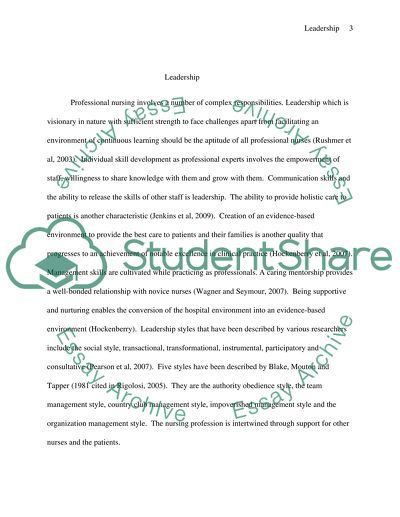Cite this document
(“Topic 3: Leadership Styles in Professional Nursing Research Paper”, n.d.)
Retrieved from https://studentshare.org/family-consumer-science/1411834-topic
Retrieved from https://studentshare.org/family-consumer-science/1411834-topic
(Topic 3: Leadership Styles in Professional Nursing Research Paper)
https://studentshare.org/family-consumer-science/1411834-topic.
https://studentshare.org/family-consumer-science/1411834-topic.
“Topic 3: Leadership Styles in Professional Nursing Research Paper”, n.d. https://studentshare.org/family-consumer-science/1411834-topic.


